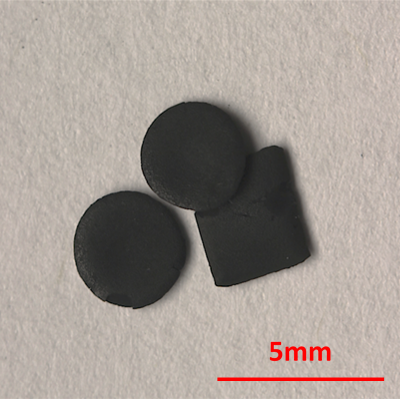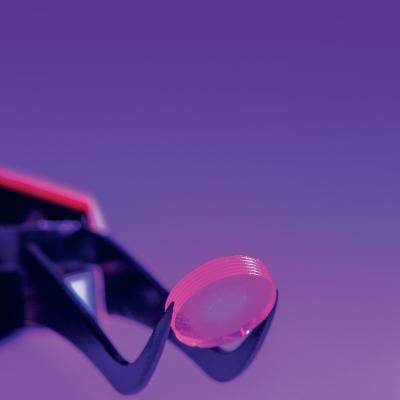Improving the active material of the Zn anode is critical to improving the practicality of Zn-MnO2 battery technology. LLNL researchers have developed a new category of 3D structured Zn anode using a direct-ink writing (DIW) printing process to create innovative hierarchical architectures. The DIW ink, which is a gel-based mixture composed of zinc metal powder and organic binders, is extruded…
Keywords
- Show all (103)
- Additive Manufacturing (37)
- Synthesis and Processing (17)
- 3D Printing (7)
- Materials for Energy Products (6)
- Data Science (5)
- Cybersecurity (4)
- Material Design (4)
- Imaging Systems (3)
- Manufacturing Improvements (3)
- Analysis (2)
- Computing (2)
- Manufacturing Automation (2)
- Membranes (2)
- Rare Earth Elements (REEs) (2)
- Simulation (2)
- Manufacturing Simulation (1)
- Microfabrication (1)
- Precision Engineering (1)
- Volumetric Additive Manufacturing (1)
- (-) Electric Grid (1)

LLNL uses the additive manufacturing technique known as Electrophoretic Deposition to shape the source particle material into a finished magnet geometry. The source particle material is dispersed in a liquid so that the particles can move freely. Electric fields in the shape of the finished product then draw the particles to the desired location to form a “green body”, much like an unfired…

LLNL researchers have developed a custom resin formulation which uses a dispersing solvent and only a multifunctional monomer as the binding agent. The dispersing solvent system typically used has multiple components meant to achieve excellent dispersal of silica in order to create a flowable resin (rather than a paste). The dispersing agent has low vapor pressure, which allows the 3D printed…

